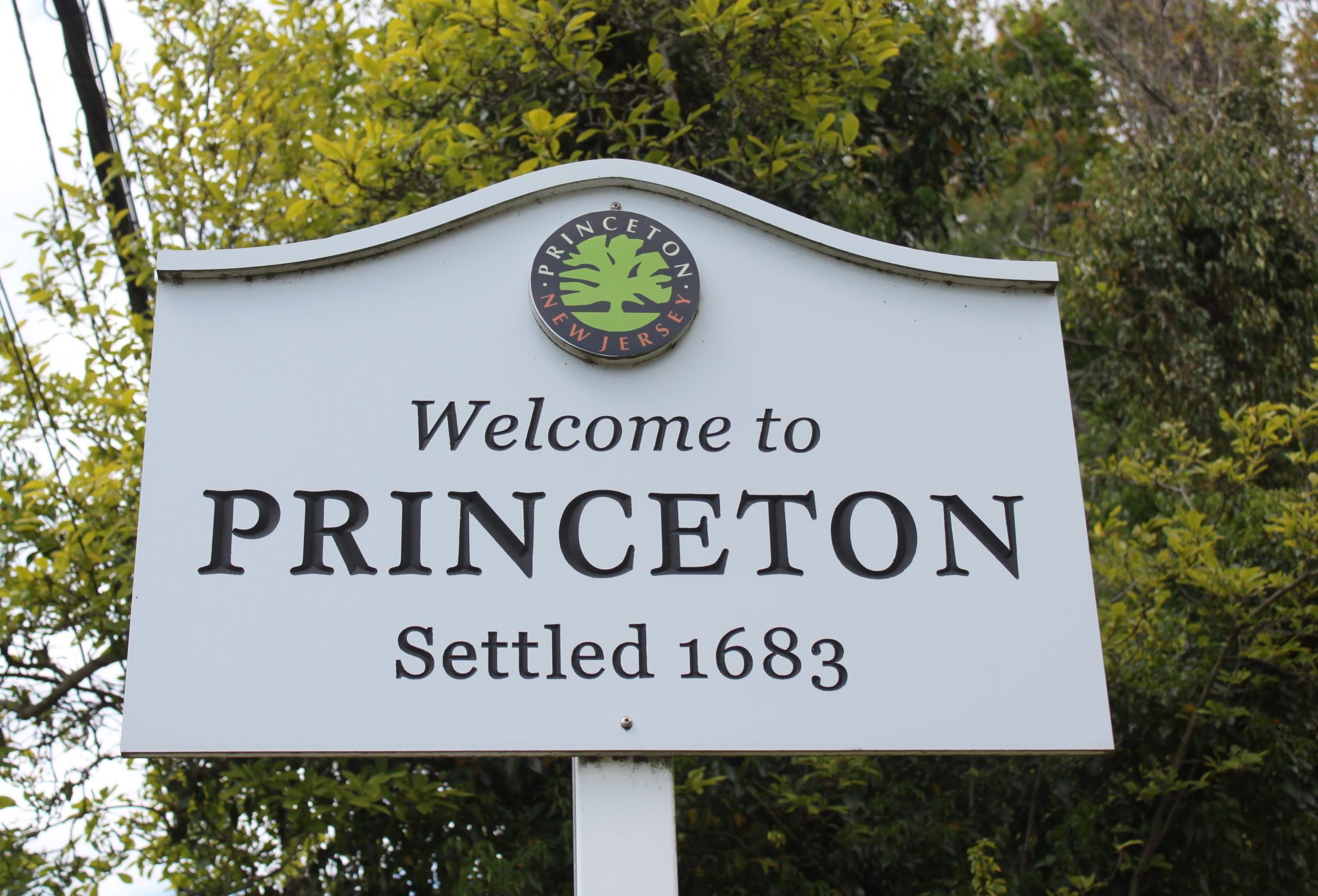The Prospect Avenue Historic District, which is centered on Princeton University’s undergraduate eating clubs, has become Princeton’s 21st local historic district.
The Princeton Council adopted an ordinance creating the district, following a public hearing at its July 11 meeting.
The new historic district includes 15 undergraduate eating clubs – 11 of which are still used for that purpose – that line both sides of Prospect Avenue. It also includes three Victorian houses at 110 Prospect Ave., 114 Prospect Ave., and 116 Prospect Ave.
The eating clubs, which originated in the 1800s, meet the students’ needs for food and social activities. Their function is similar to the Greek fraternities and sororities on many college campuses.
Several people spoke in favor of creating the Prospect Avenue Historic District at the meeting. The historic district was proposed in 1992, but never enacted. The Princeton Community Master Plan’s historic preservation element recommended creating the Club Row Historic District at that time.
Louis Hamilton said that he and his wife moved to Princeton for the historic character of the town. Architectural integrity is “very important to us,” he said.
“In the last 12 years we have been here, we have seen a lot of buildings torn down around us and in the community. We are grateful for the opportunity to preserve a small portion of the town, and a very important portion of it,” Hamilton said.
Yina Moore, who grew up in Princeton and who is a Princeton University graduate, pointed to the long association between the town’s Black community and the eating clubs.
“When my grandfather arrived in Princeton in the late 1800s, his first job was on ‘The Avenue,’ as the African American community referred to the buildings along Prospect Avenue. The clubs and Prospect Avenue have a long history in the African American community,” Moore said.
“Prospect Avenue is the point at which the townspeople and Princeton University would come together for the P-rade. When I took my first walk in the P-rade (as an alumna), the route was still along Prospect Avenue. It was really a thrill to see people along the route,” Moore said.
The P-rade is one of the highlights of the annual Princeton Reunions weekend, which takes place on the weekend before graduation, officials said. Princeton University alumni march in the parade, grouped by their graduating class. In the 1990s, the route was moved off Prospect Avenue and entirely onto the campus.
Clifford Zink, who is a historic preservation consultant and the author of “The Princeton Eating Clubs,” said the purpose of the historic district designation “is not to freeze Prospect Avenue in the way it is today.”
“(The purpose) is to manage any future changes the clubs or the University would like to make, in a way that balances the property owners’ needs with the meaning and significance that Prospect Avenue has for everybody in the town,” Zink said.
The impetus for moving ahead with a local historic district – 30 years after it was first proposed – stemmed from Princeton University’s plans to demolish the three Victorian houses on Prospect Avenue and to move another building to their site to make way for a campus project.
The demolition-and-relocation plan was key to Princeton University’s planned development of the Environmental Studies and School of Engineering and Applied Sciences complex – about 3% of which was proposed to sit on land occupied by the former Court Club eating club.
A compromise was negotiated that saved the three Victorian houses and allowed the Court Club building to be moved across the street. Princeton University supported the proposed Prospect Avenue Historic District.
The Prospect Avenue Historic District encompasses a portion of Prospect Avenue, beginning at Washington Road and stopping at Murray Place on the north side of the street. It excludes the academic buildings on the corner of Washington Road and Prospect Avenue.
The three-story brick apartment building on the corner of Prospect Avenue and Murray Place is included in the historic district.
The district also includes the Ferris Thompson Wall and gateway, which led to the the former athletic fields on the north side of Prospect Avenue. The fields have been redeveloped for other uses by Princeton University.
Most of Prospect Avenue is included in the larger Princeton Historic District, which was entered on the New Jersey State Register of Historic Places in 1973 and added to the National Register of Historic Places in 1975.
The Princeton Historic District includes most of the Princeton University campus and the Princeton Theological Seminary campus, and parts of Nassau Street and Mercer Street.

